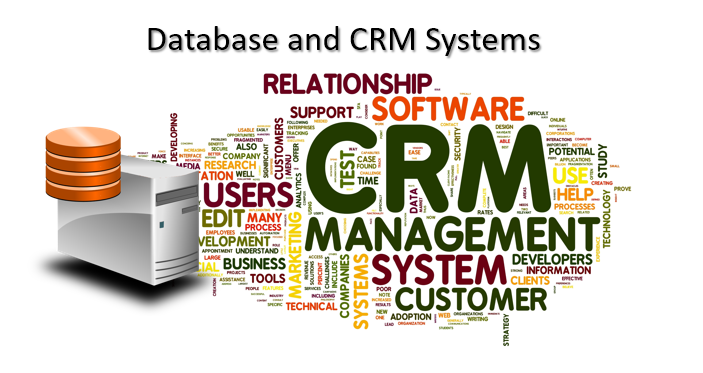
DATA GATHERING
Systematic process to gathering information. Customer and associate data are gathered to gain valuable insights into customers’ purchasing behaviors, corporate goals, and team members attitudes. Baselines for both customers and associates are developed to measure future changes and execute appropriate programs.
Secondary data such as area level data, demographic data, lifestage, mail order, subscriber and online activity data are great for describing your customers. Customer data are important to identify your clients by purchaser types. These data will help marketers define customers’ behavior types regarding Recency, Frequency and Monetary values. From a retailer’s point of view, Recency, Frequency and Monetary (RFM) values will assist in identifying and segmenting customers based on shopping behaviors. All data are important for developing touchpoint strategies that will be employed later in the customer communication process.

Relevant data are organized and stored to assist in goal accomplishment. Databases are used to capture the data gathered, defining the repository for the analysis phase where analytics will determine the marketing decisioning. And associate baselines are established for comparisons to other organizations.
Data Mining and Analysis, the next step in the OrganizationalEKG framework, is dependent upon correctly collected customer and prospect information. To do this, some type of data collection (database) is needed, to capture and allow access to the information. Depending on the size of the organization, several options are available that range from contact programs to CRM systems to large relational databases.

ANALYSIS
Comparisons and insights are derived. Data analysis tools and techniques are used to gain insights about customers and target prospects. Separately corporations and associates are compared to others across the country to build the best team possible.
An organization needs to understand their customers and their customers’ actions to develop detailed marketing strategy plans. eNtelligy, in the analysis phase of the OrganizationalEKG, performs a variety of analytical techniques, dependent upon the client’s needs. Such analyses include: Customer Profile, Data Audit, Response Analysis, Contribution Analysis, Channel Analysis, Customer Contribution Analysis, Attribution Modeling, Media Mix Modeling, Customer Journey Analysis and many more descriptive and predictive analyses.

ACTION
The actions to accomplish your goals. Executable programs such as acquisition, cross-sell and retention marketing programs are put in place to build your business. Similarly, goal setting, performance planning, leadership development and coaching programs are implemented to enhance your internal team.
Actions are the result of all of the data gathering, data collection, and analysis. Actions are programs that drive corporate revenue. These are offline and online actions that include: New Customer Acquisition Programs, Customer Cross-Sell Programs, Loyalty Programs, and Customer Retention Programs. Additionally, Strategic Planning, Site Location, and Electronic Messaging are actions derived in the OrganizationalEKG.

Close The Loop
Learn from what you have done. New data are collected in the databases each time a customer marketing campaign is conducted or an associate completes a new training modules/goal setting exercise. Imperative step for a campaign or associate growth enhancement.
Capturing the outcome of EVERY touchpoint of a customer/prospect is critical to enhancing your marketing/messaging to drive sales. Similarly, measurements for every formal associate training exercise or enhancement program will be captured to track the progression of each associate for direction, promotion and organizational design.

GET YOUR COMPANY REPORT CARD
How does your organization compare to more than 4,800 organizations? Drop us a note and we will schedule a time to discuss the health or your organization.
